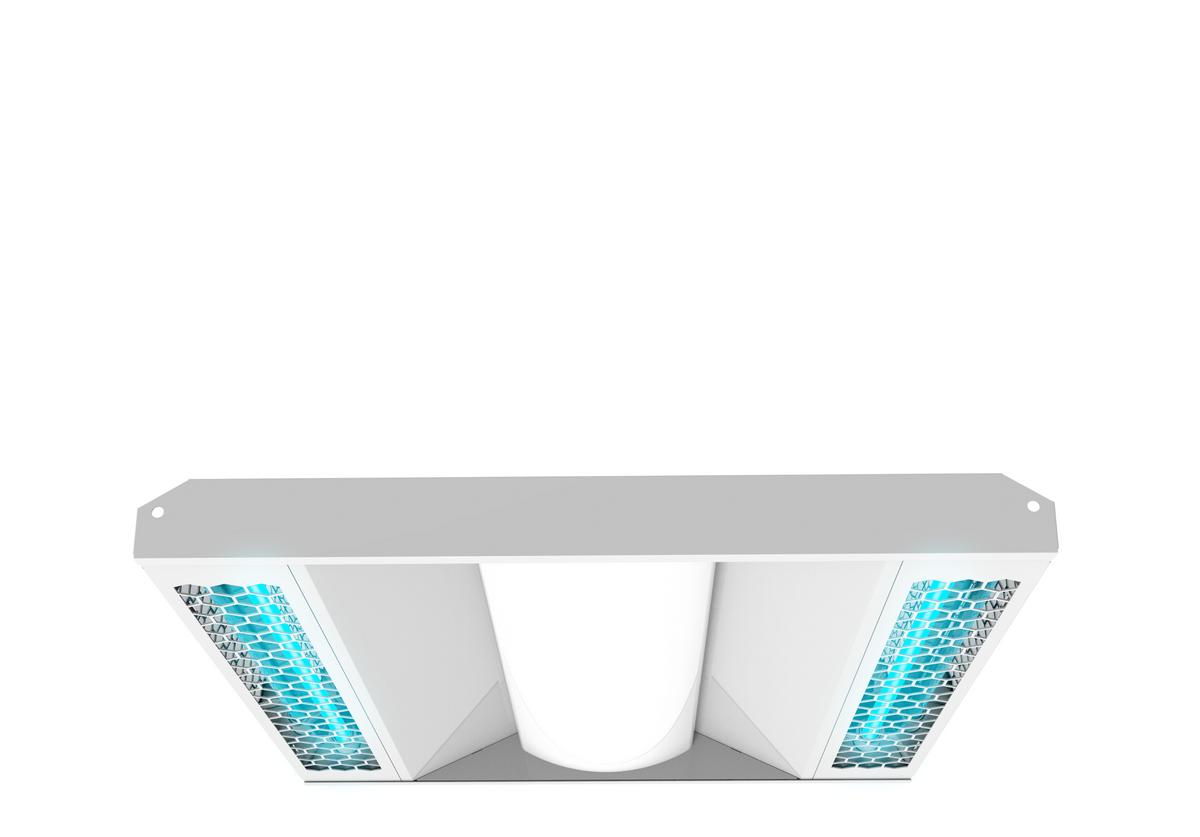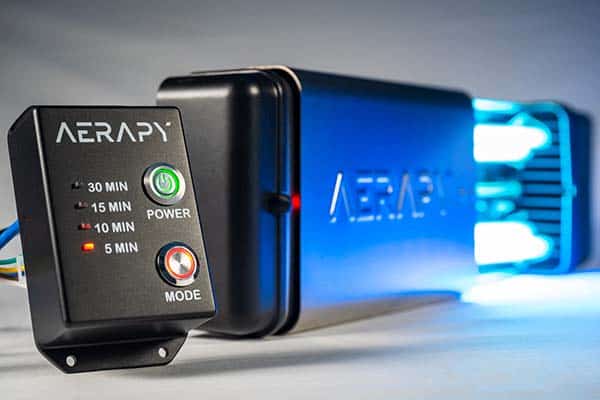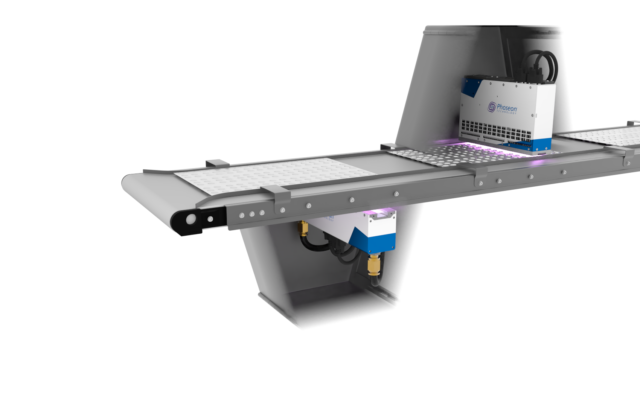Discover the Perks of UV Surface Disinfection: Effective and Eco-Friendly Hygiene
Discover the Perks of UV Surface Disinfection: Effective and Eco-Friendly Hygiene
Blog Article
UV Sanitation: The Cutting-Edge Innovation Changing Cleanliness Practices
In the world of hygiene techniques, one technology has actually become a game-changer: UV sanitation. With its capability to get rid of unsafe virus, this sophisticated innovation is transforming the way we approach sanitation and health. But exactly how does UV sanitation job, and what are the advantages it supplies? From healthcare settings to food processing, UV sanitation is making its mark in different sectors. In this conversation, we will certainly check out the complexities of this transformative innovation and look ahead to its encouraging future.
Just How UV Disinfection Works
UV sanitation works by utilizing ultraviolet light to damage or inactivate microbes, giving a extremely effective and chemical-free technique of sanitation. This modern technology takes advantage of the power of short-wavelength UV-C light, which can harming the DNA and RNA of bacteria, hence rendering them incapable to trigger and duplicate harm.
The process starts with the setup of UV sanitation systems, which include UV lights that send out UV-C light. These lights are strategically placed in areas where microbial contamination is a concern, such as water therapy plants, health centers, labs, and food handling facilities.
When bacteria are exposed to UV-C light, the photons permeate their cell walls and reach the DNA and RNA within. The high-energy UV-C photons interfere with the genetic product by producing bonds in between surrounding nucleotides, causing the formation of thymine dimers. These dimers protect against the microorganisms from duplicating, providing them harmless.
UV disinfection is extremely reliable versus a wide variety of microbes, consisting of infections, bloodsuckers, and bacteria. It is specifically efficient against waterborne microorganisms like E. coli, Giardia, and Cryptosporidium. UV sanitation is a chemical-free technique, eliminating the need for potentially damaging anti-bacterials and reducing the risk of hazardous sanitation spin-offs.
Benefits of UV Disinfection
UV sanitation offers numerous benefits in the field of cleanliness, making it an extremely favored approach for effectively eliminating unsafe microorganisms. Unlike typical disinfection methods that rely on chemicals, UV sanitation utilizes ultraviolet light to damage the DNA of bacteria, making them unable to reproduce and trigger infections.

UV sanitation is also highly functional in its applications. It can be used in different settings, consisting of medical facilities, colleges, food handling centers, and water therapy plants. UV sanitation systems can be conveniently incorporated right into existing sanitation practices, offering an additional layer of protection against contagious illness.
In enhancement to its efficiency and convenience, UV disinfection is likewise eco friendly. It does not generate any dangerous by-products or residues, making it a sustainable and secure approach for hygiene - uv surface disinfection. UV disinfection needs very little upkeep and has a lengthy life expectancy, resulting in price financial savings in the lengthy run.
UV Disinfection in Medical Care Setups
In medical care setups, UV disinfection has actually emerged as an innovative method for properly getting rid of dangerous microorganisms. UV disinfection functions by giving off ultraviolet light at a certain wavelength that is dangerous to germs, viruses, and various other microorganisms.
To start with, UV disinfection is a non-chemical method, making it an eco-friendly choice compared to conventional sanitation approaches that commonly include making use of rough chemicals. Making use of UV light gets rid of the requirement for chemical disinfectants, minimizing the threat of hazardous deposit or chemical exposure to both individuals and medical care workers.
Furthermore, UV sanitation is highly reliable in eliminating a large range of microorganisms, consisting of drug-resistant germs such as MRSA and C. difficile. It gives a reputable and constant sanitation procedure, ensuring that all surface areas and devices are thoroughly sanitized, also in hard-to-reach locations.

UV Disinfection in Food Processing
The application of UV disinfection expands beyond health care setups and discovers considerable worth in the world of food handling. uv surface disinfection. UV sanitation innovation is ending up being significantly preferred in the food sector as a result of its capability to effectively eliminate hazardous pathogens and boost food security
Among the main benefits of UV disinfection in food handling is its capability to target a vast array of microorganisms, including germs, infections, and mold and mildews. By utilizing UV light at details wavelengths, it is feasible to interfere with the DNA and RNA of these virus, providing them unable to replicate or trigger harm. This technology can be put on different stages of the food handling chain, including surface area disinfection, tools sanitation, and water therapy.
UV sanitation supplies a chemical-free and non-thermal method of sterilizing food products. Unlike conventional disinfection techniques that count on chemicals or warmth, UV modern technology does not leave any kind of deposit or change the taste, texture, or dietary value of the food. This makes it a suitable remedy for industries that call for strict adherence to quality requirements.
Additionally, UV disinfection systems are easy to mount and operate, needing very little maintenance. They can be integrated right into existing handling lines without triggering considerable disturbances to her response the production procedure. In addition, UV systems have a quick treatment time, enabling continuous processing and reducing downtime.
The Future of UV Disinfection

One area where UV sanitation is anticipated to make considerable advancements remains in the field of medical care. With the increase of antibiotic-resistant germs and the need for extra reliable disinfection methods, UV light has the prospective to play an important duty in reducing healthcare-associated infections. UV sanitation systems can be made use of to decontaminate surface areas, devices, and also the air in healthcare facilities, helping to protect against the spread of dangerous pathogens and boost person safety.
Another sector that can benefit from advancements in UV disinfection innovation is the food industry. UV light has actually currently verified to be an efficient approach for decontaminating foodstuff and decreasing the risk of foodborne diseases. As technology boosts, we can expect to see more reliable and affordable UV disinfection systems being implemented in food handling plants, guaranteeing that the food we consume is risk-free and without hazardous bacteria.
Conclusion
In final thought, UV sanitation is a sophisticated technology that is transforming cleanliness methods in healthcare settings and food handling. By using UV light to kill or shut off microbes, it provides many benefits such as efficiency, security, and efficiency. With ongoing innovations in this area, UV sanitation holds wonderful prospective for the future of sanitation, giving a reputable and sustainable solution for maintaining tidy and hygienic environments.
UV sanitation is a chemical-free technique, getting rid of the requirement for potentially unsafe anti-bacterials and decreasing the threat of damaging sanitation by-products.
Unlike traditional sanitation methods that depend on chemicals, UV sanitation uses ultraviolet light to damage the DNA of microorganisms, providing them unable to recreate and cause infections. Unlike conventional sanitation approaches that rely on chemicals or warmth, UV innovation does not leave any type of residue or modify the preference, structure, or dietary value of the food. As innovation improves, we can expect to see more cost-effective and effective UV disinfection systems being applied in food handling plants, guaranteeing that the food we eat is risk-free and complimentary from harmful bacteria.
In final thought, UV over at this website disinfection is a sophisticated technology that is changing cleanliness practices in healthcare settings and food processing.
Report this page